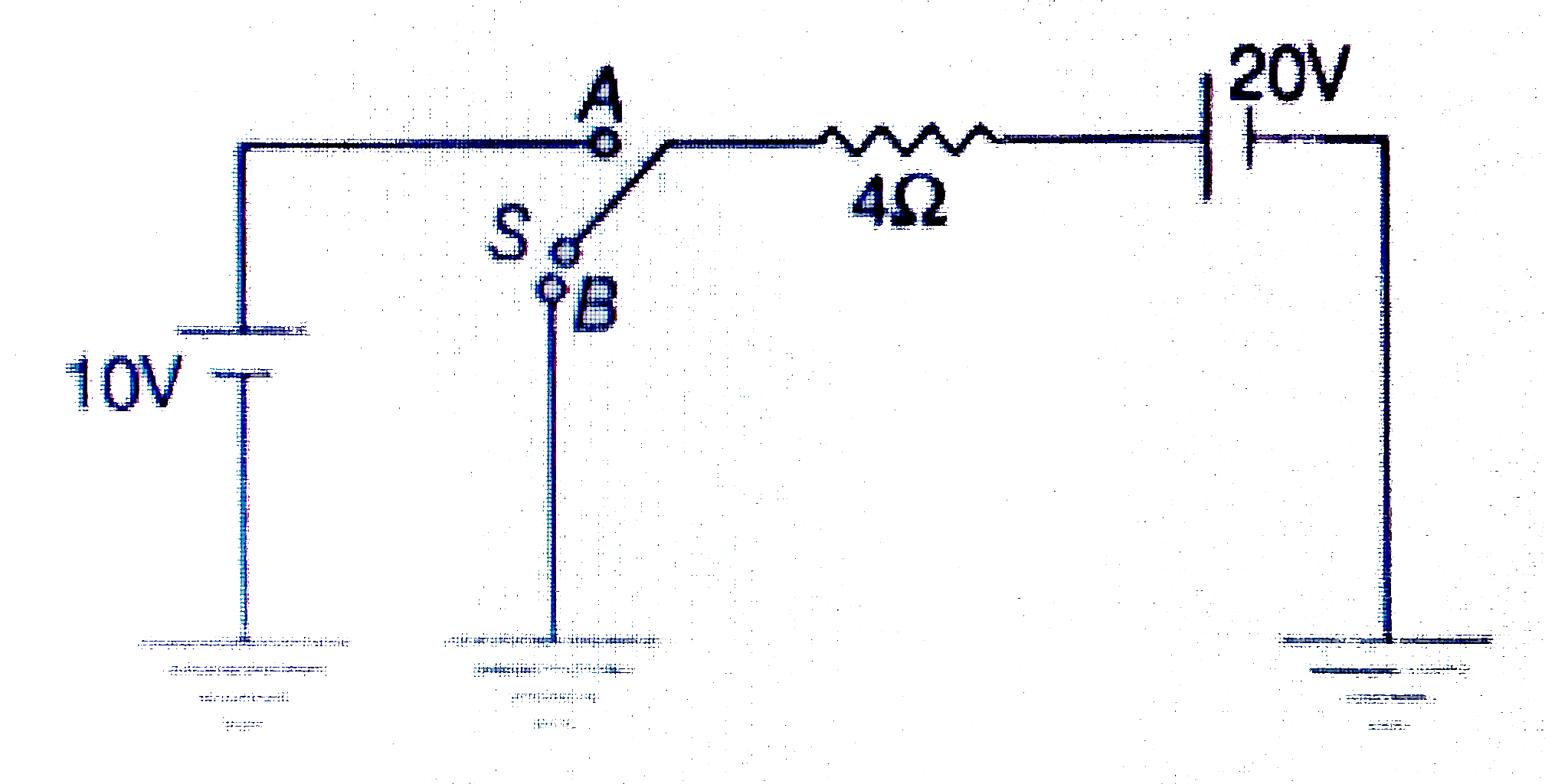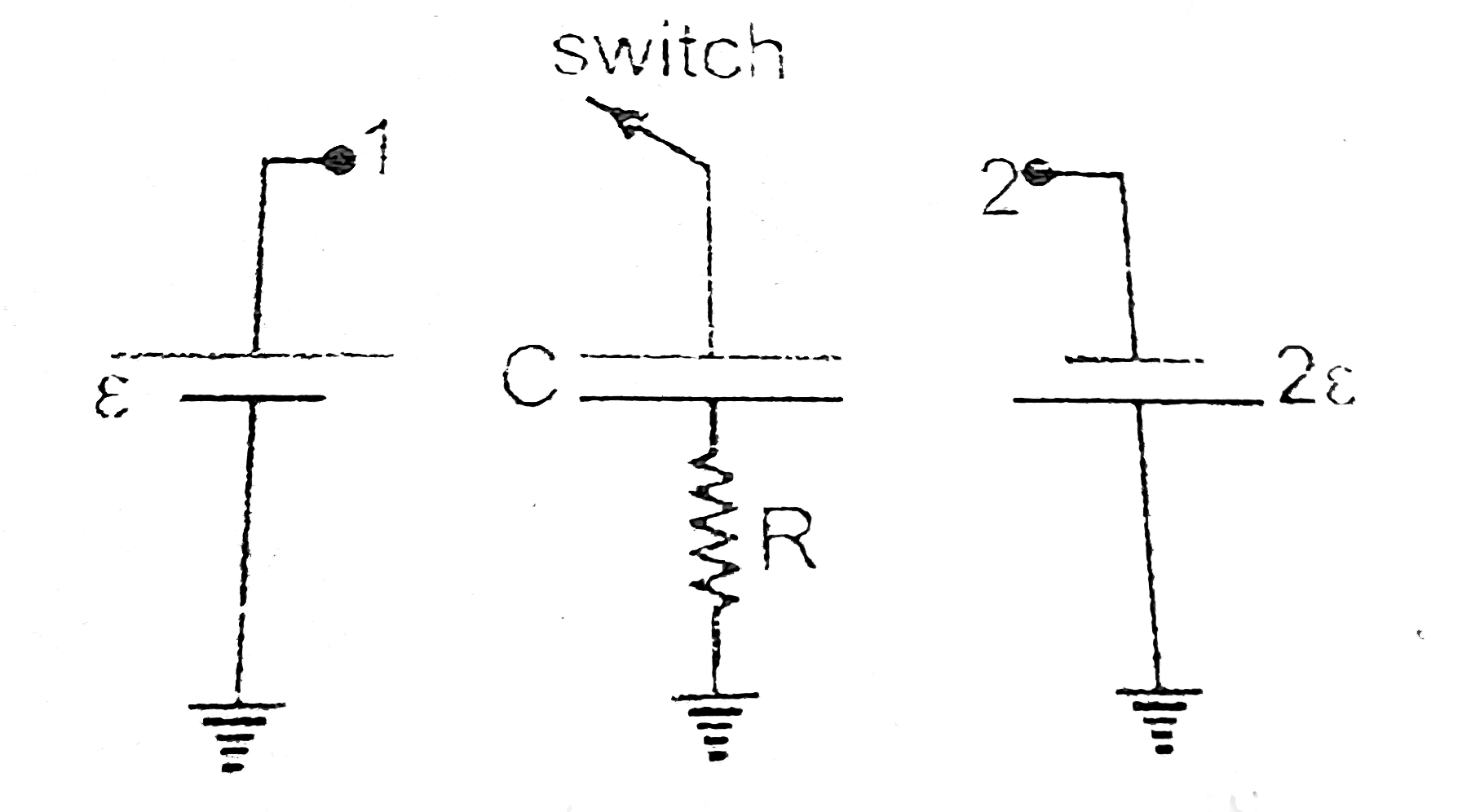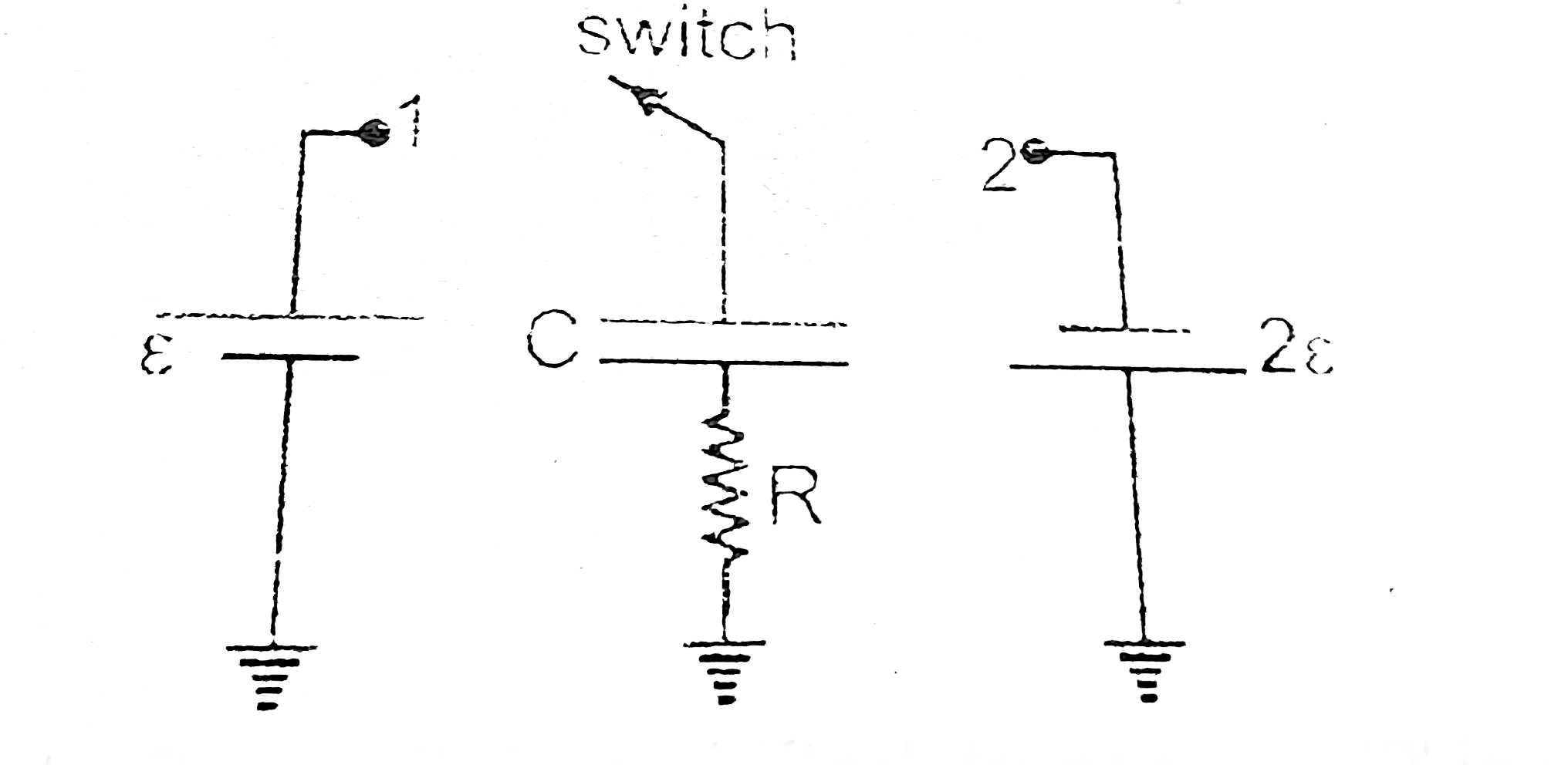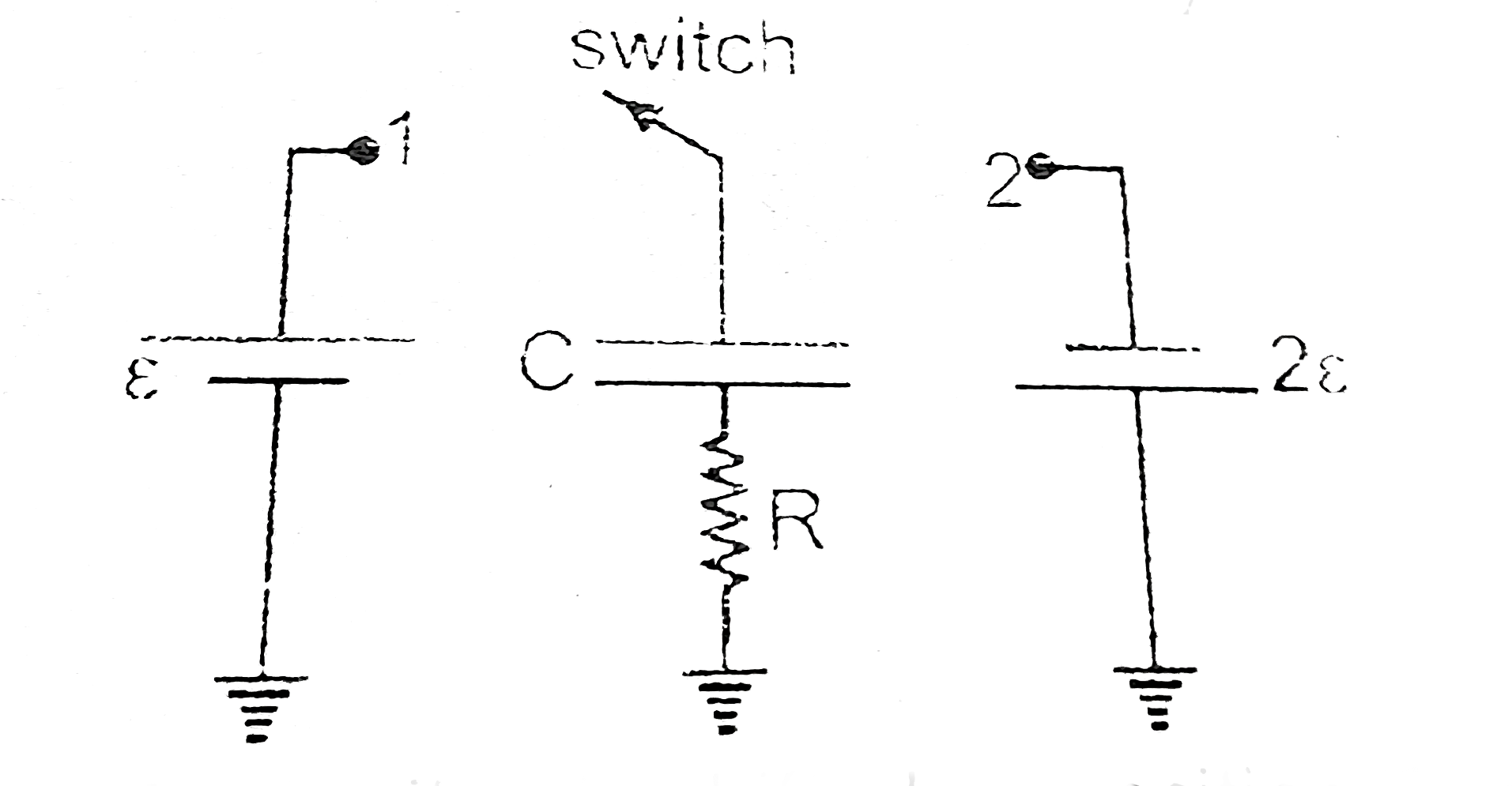DNA parts can switch their positions are
Exons
Introns
Cistrons
Transposons
The correct Answer is:D
Step by step video solution for DNA parts can switch their positions are by Biology experts to help you in doubts & scoring excellent marks in Class 12 exams.
Updated on:21/07/2023Topper's Solved these Questions
- CHROMOSOMAL BASIS OF INHERITANCEBOOK - DINESH PUBLICATION ENGLISHCHAPTER - CHROMOSOMAL BASIS OF INHERITANCEEXERCISE - Check Your Grasp
57 Videos
- CHORDATA- PROTOCHORDATABOOK - DINESH PUBLICATION ENGLISHCHAPTER - CHORDATA- PROTOCHORDATAEXERCISE - CYG
11 Videos
- COELENTERATA AND CTENOPHORA (OR CNIDARIA AND ACNIDARIA)BOOK - DINESH PUBLICATION ENGLISHCHAPTER - COELENTERATA AND CTENOPHORA (OR CNIDARIA AND ACNIDARIA)EXERCISE - CYG
10 Videos
Similar Questions
DNA parts which can switch their position are
View SolutionIn the circuit shown in figure switch S can be shift to position A or position B. Current though resistance is say i1 when switch is in position. A and when switch is in position B, then

View SolutionIn the circuit shown below, the switch is in position 1 for a long time. At some moment after that the switch is thrown in position 2. The quantity of heat generated in the resistance of 375 ohm after the switch is changes to position 2 is :

View SolutionA, B and C represent switches in 'on' position and A', B' and C' represent them in 'off' position. Construct a switching circuit representing the polynomial ABC + AB'C + A'B'C. Using Boolean Algebra, prove that the given polynomial can be simplified to C (A + B'). Construct an equivalent switching circuit.
View SolutionP,Q and R represent switches in on position and P',Q' and R' represent switches in off position. Construct a switching circuit representing the polynomial PR+Q(Q'+R)(P÷QR) . Using Boolean Algebra, simplify the polynomial expression and construct the simplified circuit
View SolutionIn the circuit arrangement shown in figure capacitor is initially unchanged At t = 0 switch is thrown to position '1' it remains closed till the current in the circuit becomes 50 % of maximum current then. Suddenly switch is shifted to position '2' (Assume all batteries are ideal)

Current through the resistor just after switch is shifted to position '2' is :
View SolutionIn the circuit arrangement shown in figure capacitor is initially unchanged At t = 0 switch is thrown to position '1' it remains closed till the current in the circuit becomes 50 % of maximum current then. Suddenly switch is shifted to position '2' (Assume all batteries are ideal)

Amount work done by battery long after switch is shifted to position '2' is :
View SolutionIn the circuit arrangement shown in figure capacitor is initially unchanged At t = 0 switch is thrown to position '1' it remains closed till the current in the circuit becomes 50 % of maximum current then. Suddenly switch is shifted to position '2' (Assume all batteries are ideal)

Which of the following is the correct options after switch is shifted to position '2'.
View SolutionWrite the Boolean function coresponding to the switching circuit given below:

A, B and C represent switches in 'on' position and A', B' and C' represent them in 'off' position. Using Boolean algebra, simplify the function and construct an equivalent switching circuit.
View SolutionIn the given AC circuit, when switch S is at position 1, the source emf leads current by π6. Now, if the switch is at position 2, then

View Solution
